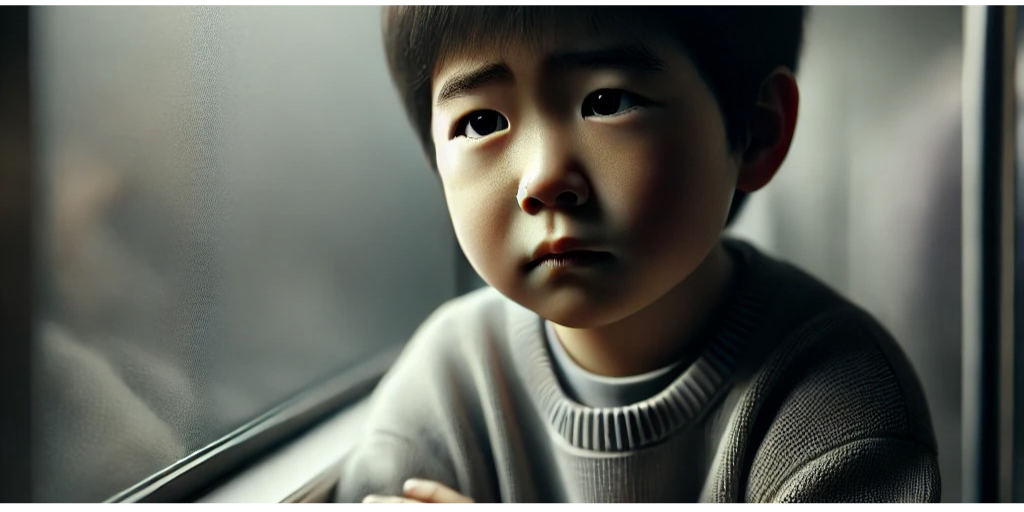How to Help Kids Express Their Feelings When They Don’t Have the Words
Ever asked your child, “How do you feel?” only to be met with a shrug or an “I don’t know”? Research suggests that young children often struggle to articulate their emotions because their brains are still developing the language-processing and emotional regulation skills necessary for self-expression (Grosse et al., 2021). In fact, studies show that up to 60% of preschool-aged children have difficulty identifying and labeling their emotions accurately (Denham, 2018). Emotional literacy—the ability to recognize, understand, and express emotions—is a skill that develops over time and requires support from caregivers (Brackett et al., 2019).
Why Kids Struggle to Express Feelings
Young children experience emotions just as intensely as adults but often lack the vocabulary to explain what they’re feeling. According to the American Psychological Association (APA, 2021), many children default to basic expressions like “happy” or “sad” because they haven’t yet learned more nuanced emotional language. Additionally, stress and anxiety can further hinder a child’s ability to communicate feelings, leading to frustration and emotional outbursts (Siegel & Bryson, 2020).
A Research-Backed Solution: Turning Feelings into Stories
Experts suggest that one of the best ways to help children process emotions is through narrative-based play. When children externalize their feelings through storytelling, they engage in cognitive reappraisal—a process that allows them to understand and regulate emotions more effectively (Harvard University, 2020). Studies show that storytelling helps children develop empathy, improve emotional intelligence, and reduce stress (Gopnik, 2016).
Instead of asking, “How do you feel?”, try inviting your child to imagine:
💨 “If your feelings were the weather, what would the sky look like?”
🐢 “If your feelings were an animal, what would they do?”
🎭 “If your feelings were a character in a story, what would their adventure be?”
By using creative prompts, children can express emotions in a way that feels natural and engaging, rather than overwhelming.
How to Use Storytelling at Home
1️⃣ Use a Mood Prompt like: “A lonely turtle wants to make a friend but doesn’t know how.” Encourage your child to describe what happens next.
2️⃣ Let their imagination shape the story. Give them space to build the narrative in a way that feels natural to them.
3️⃣ Ask open-ended questions to deepen their reflection: “Have you ever felt like that turtle?” “What do you think would make the turtle feel better?”
4️⃣ Validate their emotions by acknowledging their feelings and reinforcing that all emotions are normal and important.
Using Digital Tools Like StoryMii as a Supportive Option
While traditional storytelling methods are highly effective, digital tools like StoryMii can provide additional structure and inspiration for children who need extra support. These tools offer creative prompts and interactive story-building features that help children externalize emotions in a safe, guided way. StoryMii is not a replacement for emotional conversations, but it can be a useful aid for parents and educators looking to integrate storytelling into emotional development.
Final Thoughts
Helping children articulate their feelings takes patience and creativity. Whether through traditional storytelling, role-playing, or digital tools, the goal is to create a safe and supportive environment where children feel comfortable exploring and expressing their emotions. The more we encourage narrative-based emotional learning, the more confident children will become in identifying and communicating their feelings.
References
- American Psychological Association (2021). Emotional Development in Children. Retrieved from www.apa.org
- Brackett, M., Rivers, S., & Salovey, P. (2019). Emotional Intelligence: Skills for Emotional Awareness. Yale University Press.
- Denham, S. A. (2018). The Emotional Foundations of Learning. Guilford Press.
- Gopnik, A. (2016). The Gardener and the Carpenter: What the New Science of Child Development Tells Us About the Relationship Between Parents and Children. Farrar, Straus and Giroux.
- Grosse, M., & Mayer, C. (2021). Early Childhood Emotional Expression and Regulation: Developmental Pathways. Cambridge University Press.
- Harvard University (2020). The Role of Storytelling in Childhood Emotional Development. Retrieved from www.developingchild.harvard.edu
- Siegel, D. J., & Bryson, T. P. (2020). The Power of Showing Up: How Parental Presence Shapes Who Our Kids Become and How Their Brains Get Wired. Ballantine Books.


